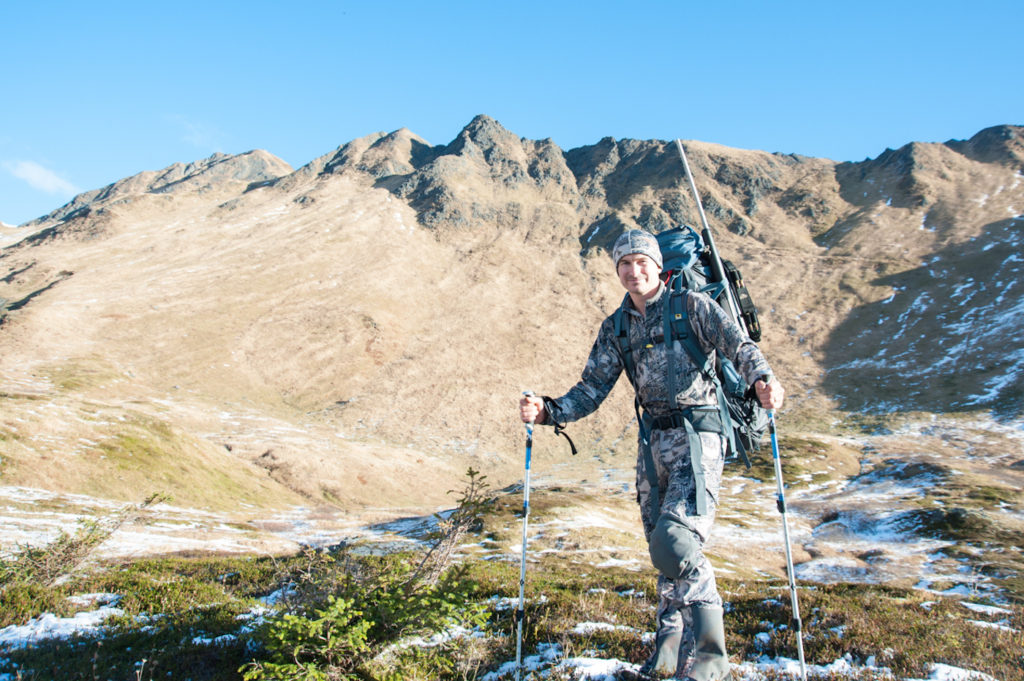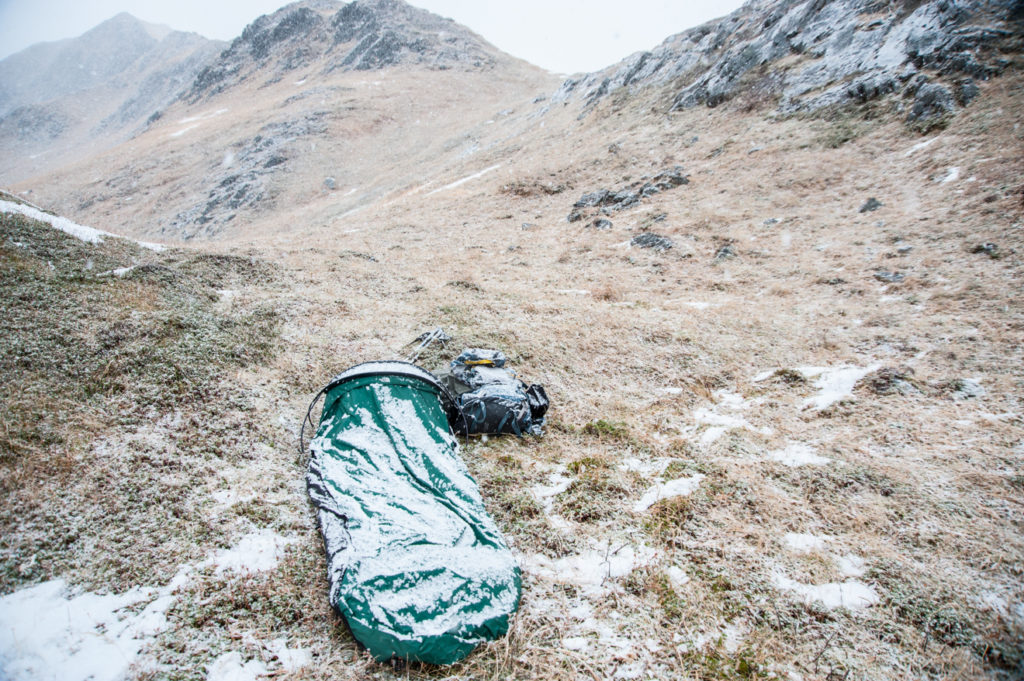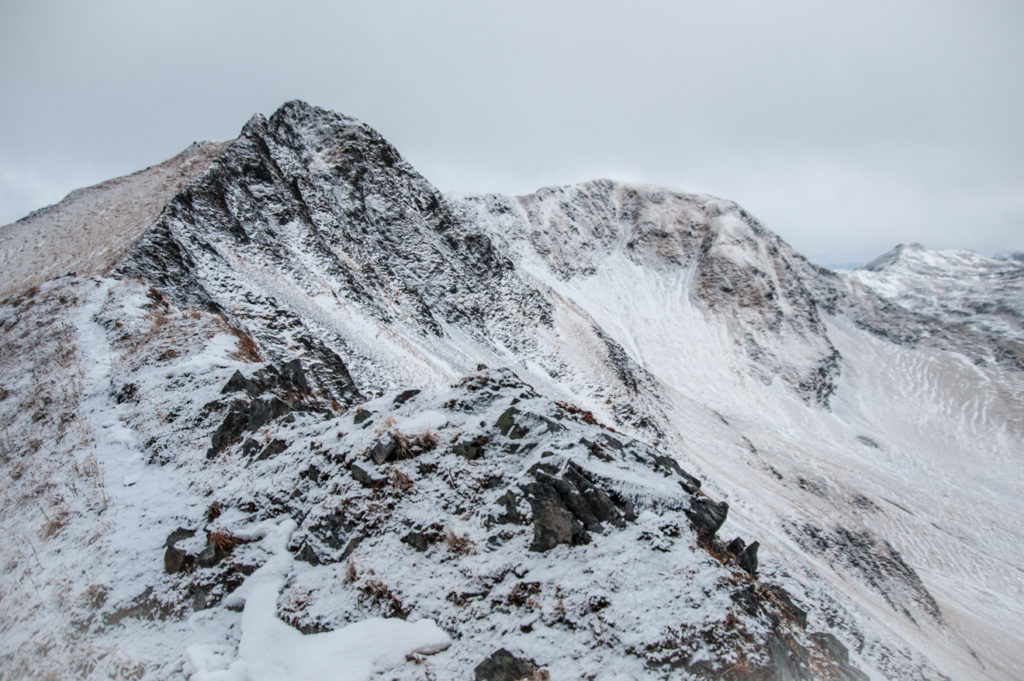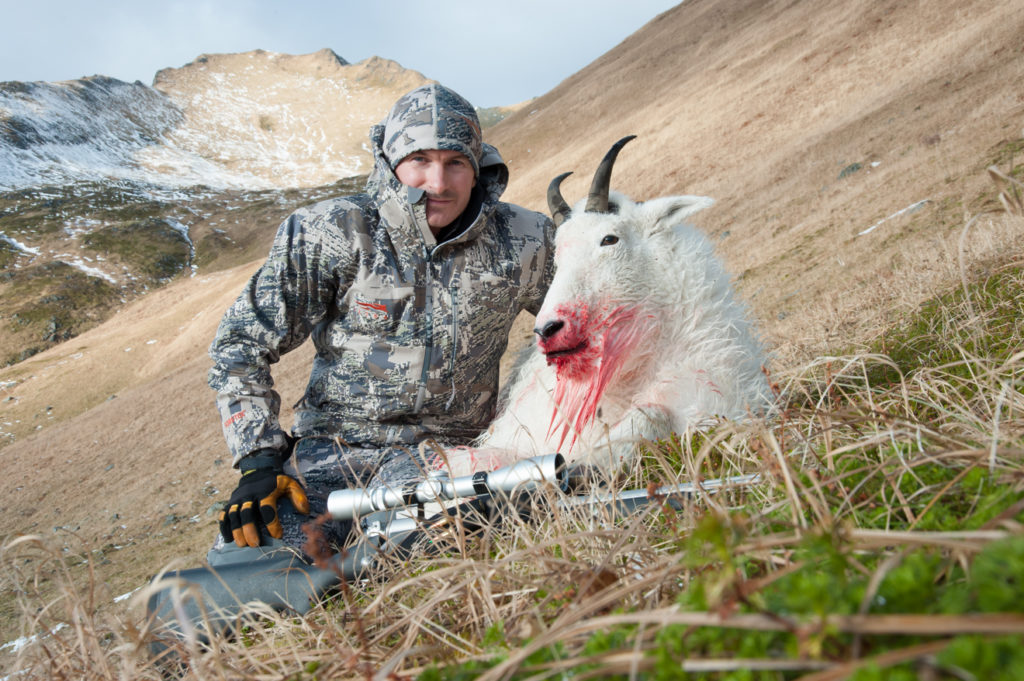October on Kodiak Island signals a transition for the island. The last of the silvers have spawned in the streams cleaving the coastline. The brown bears are working their way inland and the high pressure systems still hold their own before the Aleutian lows barrel in from the west. The newest residents of the island dot the alpine peaks where they thrive, their white coats filling out in preparation for the cold wind and snow soon to arrive.

Kodiak Island would be an interesting place even if the hunting wasn’t legendary. The history of this isolated part of the world makes it more than worthwhile to take a pass through the local museum when your hunting or fishing trip has been fulfilled. The Alutiiq people first settled the Island and were successful in keeping the Russians out until 1784, when the colony that would eventually become the town of Kodiak was founded. It would become a hub for the Russian fur trade until the Alaska purchase saw the land handed over to the United States. The new government took full advantage of the area’s abundance of fish and seafood, and continued the fur trade.
In 1912 Mt. Novarupta let loose with what would become the largest eruption of the 20th century. Kodiak was covered in nearly two feet of ash and the island was devastated. Large animals were blinded from the ash and the acid rain that followed, smaller animals were smothered, and the salmon fishery wouldn’t recover until 1919.

These disasters however are not enough to tame or subdue the raw power of the Alaskan wilderness. Kodiak, along with the rest of the islands in the Kodiak Archipelago bounced back.
The October transition period of last year marked the beginning of my first Mountain Goat hunt, not that I’m new to hunting in Alaska. Many autumns were spent stalking blacktails in the Southeast with my father growing up. There was even an epic elk hunt on Afognak Island that involved swimming through crashing breakers onto the rocky shoreline, climbing a mountain in a wetsuit with only a hunting knife to retrieve the remaining meat, hoping a brown bear wouldn’t already be on the kill, and then dragging the meat off the mountain, only to have to swim back out through the breaking surf.

Being married now, I more acutely feel the draw that many of you have also experienced: to provide and bring home healthy wild game to fill the freezer for the winter. To combine my love for the alpine — in particular climbing fast and light among steep mountains —with hunting is a dream I have long dreamt. So begins my personal transition into a mountain hunter. What better way to do so than on a solo multi-day hunt?

I set off before daybreak. It’s cold and climbing the frozen alpine slopes covered in snow is far quieter than over the steep scree that only wants to crumble and slide. The ground gives way to mostly solid rock along the ridges. Fresh prints and beds clearly show where the group slept for the night, but they’ve already set off. The snow makes it that much more difficult for me to tell if what I see farther along the ridge is a goat or just another snow covered part of the terrain. Until it moves, and immediately disappears around a pinnacle.

The sun is finally up now and I watch its slow progress, anticipating the warmth. After an hour I see the faint movement of scree as the group descends into the sun and onto a lower angle slope, just up from my ledge. They lie down, warming themselves, unaware of my presence. The large animal from the previous night is not with them, however. I start glassing again from my precarious position. As the sun continues to rise the light sweeps across the slope, opening up the shadows. A far off, dark ridge that drops down from the skyline lights up and there glowing bright white in the morning sun is the distinct form of the large billy I sought. He’s facing away from me, lying down. It’s a clear shot, but I can’t risk spooking the goats bedded down directly above me.

It’s late afternoon by the time he is caped and quartered. Not enough time to get out before dark. A brown bear using the same ridge I’d followed out to this valley could be seen making its way along my route so I had to wait for it to clear off the ridge before I made my next move. Once clear, I stash the meat away from the gut pile and climb a thousand feet back up to my bivy sack. There’s no need to stay out of sight now, so I sleep soundly on top of the ridgeline with the warmth of success helping me drift off to sleep.
Early the next morning, while it’s still dark, a friend starts his hike to me help pack out my goat. His offer is welcome as I realize just how much the billy weighs along with his late fall hide. He arrives at 8am, wearing Vibram toe shoes and carrying an external frame pack. He insists that he hikes in toe shoes all the time, so although I’m skeptical, I load him up. I offer him a trekking pole to be safe and shoulder my 90 pound pack. As we hike out I find myself thinking about the prime cuts I’ll certainly share with my “barefoot” sherpa, cuts he’s certainly earned. Partway through the long day, he tells me that he’s a vegetarian. Go figure.


